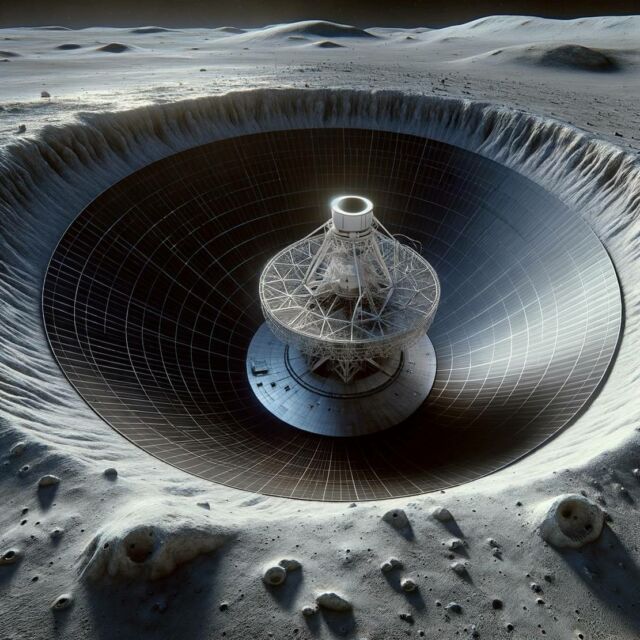 Credit: JPL NASA
Credit: JPL NASA
Radio Telescope on the Moon could help us determine the composition of the Universe even before the first stars formed, about 50 million years after the Big Bang.
A recent study from Tel Aviv University has made groundbreaking predictions about the exciting possibilities of detecting radio waves from the moon.
Led by Prof. Rennan Barkana and his team, including postdoctoral fellow Dr. Rajesh Mondal, this research is the first to propose using lunar-based radio signal measurements for the test of the standard cosmological model.
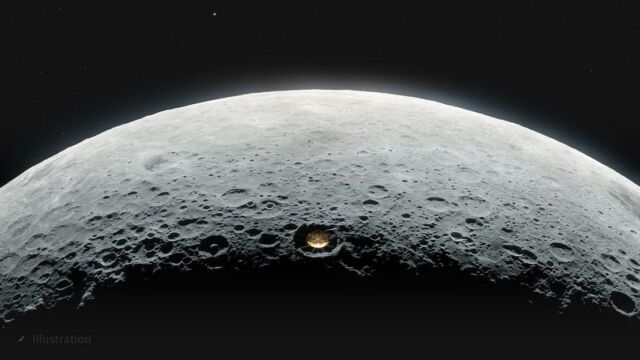 Credit: JPL NASA / Vladimir Vustyansky
Credit: JPL NASA / Vladimir Vustyansky
The study’s findings suggest that analyzing these radio signals can not only provide insights into the “cosmic dark ages,” the period just before the formation of the first stars but also help determine the composition of the Universe and the weight of neutrino particles. Additionally, the research could contribute to unraveling the mystery of dark matter.
The team emphasizes that detecting radio waves from the early Universe is challenging on Earth due to atmospheric interference.
The moon provides a stable environment without atmospheric or radio communication disruptions. While placing a telescope on the moon is a complex task, the ongoing international space race involving countries like the U.S., Europe, China, and India, aiming to return with space probes and astronauts, highlights the growing interest in lunar development.
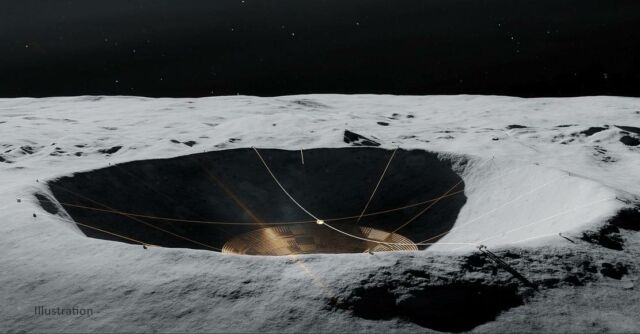 Credit: JPL NASA / Vladimir Vustyansky
Credit: JPL NASA / Vladimir Vustyansky
Prof. Barkana explains:
“NASA’s new James Webb space telescope discovered recently distant galaxies whose light we receive from the cosmic dawn, around 300 million years after the Big Bang. Our new research studies an even earlier and more mysterious era: the cosmic dark ages, only 50 million years after the Big Bang. Conditions in the early Universe were quite different from today. The new study combines current knowledge of cosmic history with various options for radio observations, in order to reveal what can be discovered. Specifically, we computed the intensity of radio waves as determined by the density and temperature of the hydrogen gas at various times, and then showed how the signals can be analyzed in order to extract from them the desired results.”
source Eurekalert



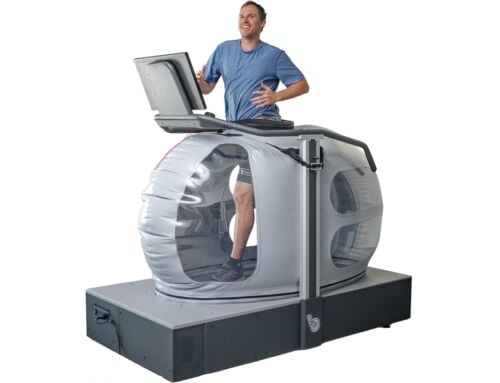
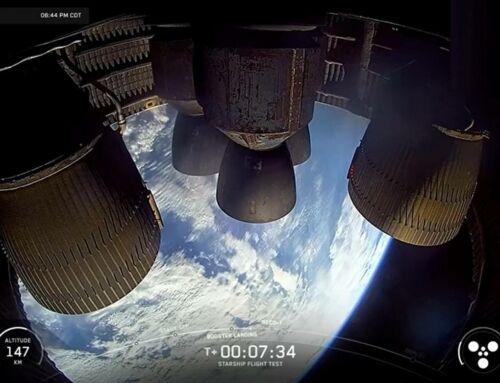
Leave A Comment